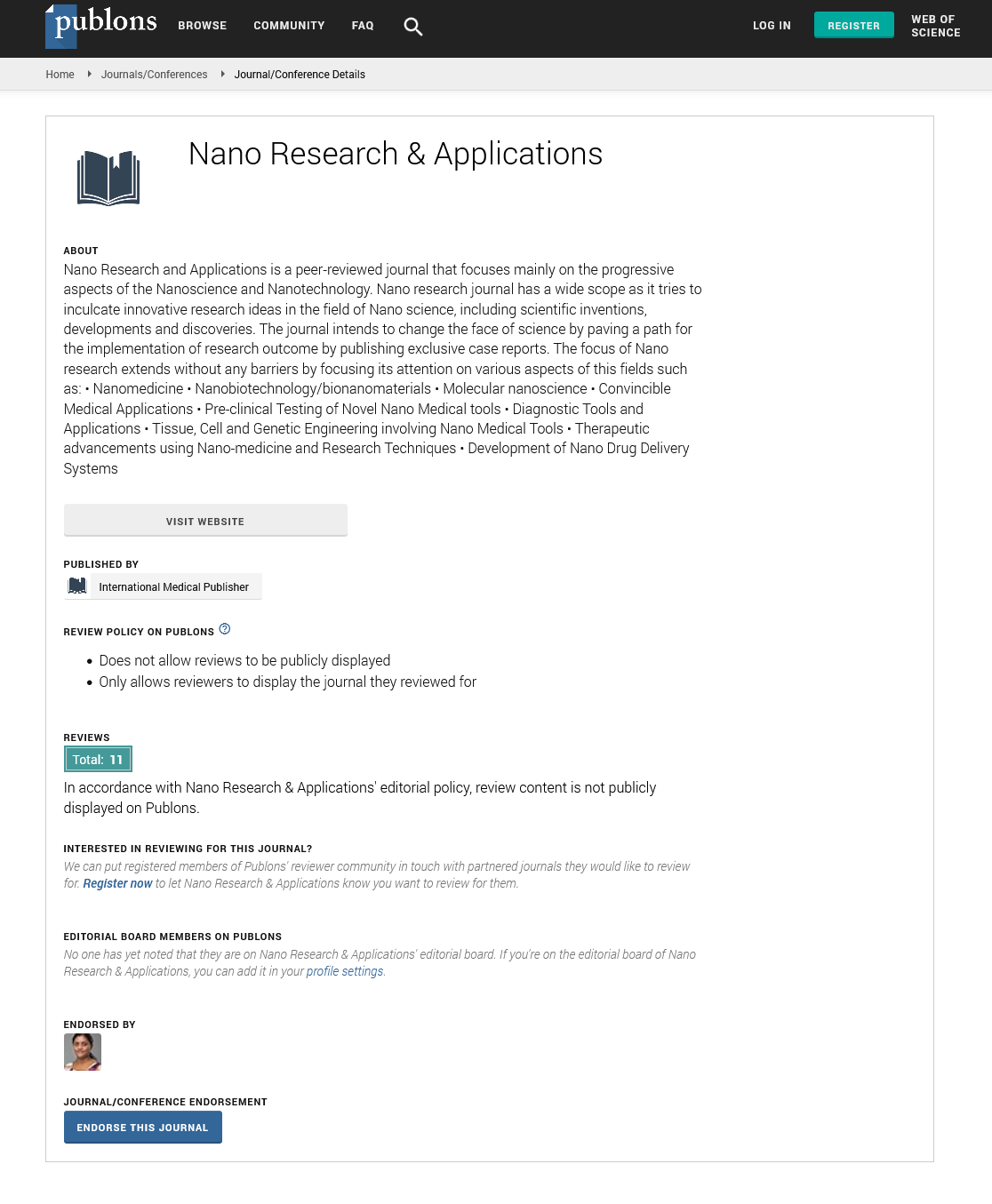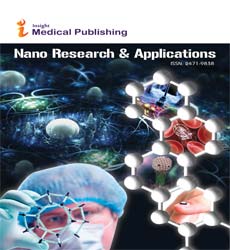Abstract
Protein from Tunicates as Bioingredient: Structure Identification, Application and Regulation
Protein–cellulose moieties, also referred to as protein–cellulose complexes (PC-tun complexes), have been investigated in numerous studies; however, their precise bio-arrangement within tunicate cells remains unclear. Chemically, the principal constituents of the tunics are proteins with amino groups and tryptophan, scleroproteins, collagen and elastic fibers as well as high quantities of acid mucopolysaccharides and neutral polysaccharides. PC-tun complexes are also immerged in a matrix that contain secondary metabolites as fatty acids. To identify, measure, and characterize proteins, various techniques from protein chemistry have been adapted for cytological applications. A range of methods exists for protein separation and identification, each with its own specific protocol. Traditional qualitative methods of identification well knowing as staining, will be explored in this review based on the colorimetric and fluorescence properties. Four (4) colorimetric principles and their derivations as: (1) Coomassie Brilliant Blue (CBB R-250 and CBB G-250); (2) Silver staining; (3) Zn2+ reverse staining; (4) Biuret method and their derivations that include Cuprotein staining as Lowry method and BCA assay (Bicinchoninic acid - BCA); and fluorescent stains fall into two general categories: (a) fluorogenic stains and (b) intrinsically fluorescent stains will be reviewed as strategy to identify the proteins considering their aspects for application in health and care, food and materials and their regulation accordingly FDA and EU was discussed in this literature background review Enhance safe design and application became the most important requisite for a material like T-complex since well-established and characterized accordingly EU and FDA regulations agencies. This both agencies were the most informative and clear about new materials, their definition and application concerns were discussed in this review study.
Author(s): Damasio R. A. P.*, Redmond E. F.,Costa J. C., Aljiboury A., Eufrade H. J.
Abstract | PDF
Share this

Google scholar citation report
Citations : 387
Nano Research & Applications received 387 citations as per google scholar report
Nano Research & Applications peer review process verified at publons
Abstracted/Indexed in
- Google Scholar
- China National Knowledge Infrastructure (CNKI)
- Directory of Research Journal Indexing (DRJI)
- WorldCat
- Publons
- Secret Search Engine Labs
- Euro Pub
Open Access Journals
- Aquaculture & Veterinary Science
- Chemistry & Chemical Sciences
- Clinical Sciences
- Engineering
- General Science
- Genetics & Molecular Biology
- Health Care & Nursing
- Immunology & Microbiology
- Materials Science
- Mathematics & Physics
- Medical Sciences
- Neurology & Psychiatry
- Oncology & Cancer Science
- Pharmaceutical Sciences


